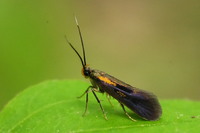
| Recorded by: Will Bennett on 2025-05-15
Ashe Co.
Comment: | 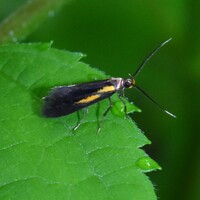
| Recorded by: Jeff Niznik on 2024-05-16
Madison Co.
Comment: |
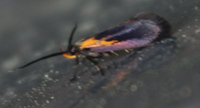
| Recorded by: Vin Stanton on 2023-05-26
Buncombe Co.
Comment: | 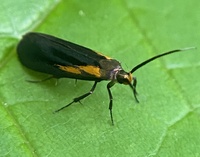
| Recorded by: David George on 2023-05-15
Alamance Co.
Comment: |
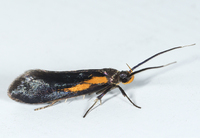
| Recorded by: John Petranka on 2023-04-28
Orange Co.
Comment: | 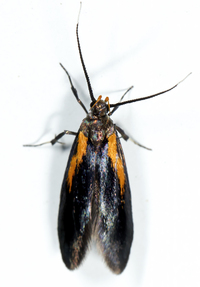
| Recorded by: John Petranka on 2023-04-28
Orange Co.
Comment: |
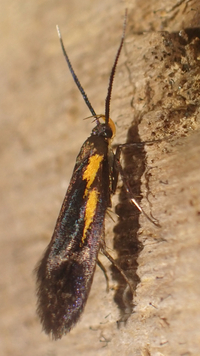
| Recorded by: tom ward on 2022-05-27
Buncombe Co.
Comment: | 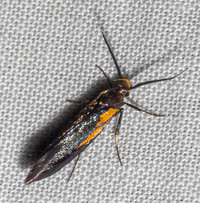
| Recorded by: Stephen Hall on 2022-05-14
Orange Co.
Comment: |
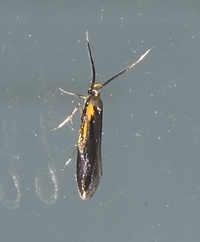
| Recorded by: Simpson Eason on 2022-05-11
Durham Co.
Comment: | 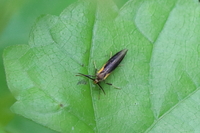
| Recorded by: Travis McLain on 2022-05-08
Montgomery Co.
Comment: iNat record - https://www.inaturalist.org/observations/116310491 |
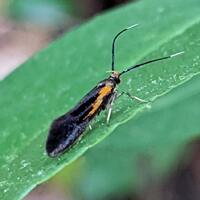
| Recorded by: Jeff Niznik on 2022-04-30
Wake Co.
Comment: | 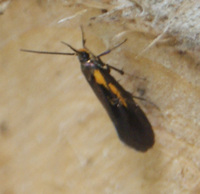
| Recorded by: Vin Stanton on 2021-05-22
Buncombe Co.
Comment: |
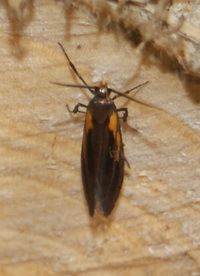
| Recorded by: Vin Stanton on 2021-05-22
Buncombe Co.
Comment: | 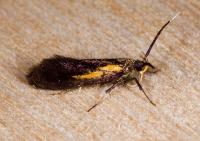
| Recorded by: Jim Petranka and Becky Elkin on 2020-06-26
Buncombe Co.
Comment: |
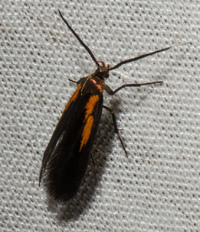
| Recorded by: Steve Hall on 2020-05-16
Orange Co.
Comment: | 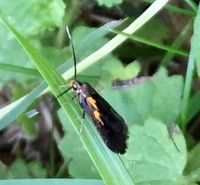
| Recorded by: Ken Kneidel on 2019-05-24
Yancey Co.
Comment: |

| Recorded by: Vin Stanton on 2019-05-22
Buncombe Co.
Comment: | 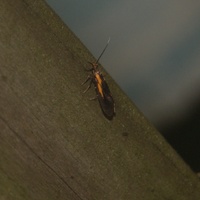
| Recorded by: Vin Stanton on 2018-06-01
Buncombe Co.
Comment: |

| Recorded by: T. DeSantis on 2015-05-06
Durham Co.
Comment: | 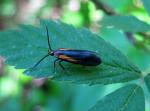
| Recorded by: T. DeSantis, FKW, SBW on 2010-05-09
Camden Co.
Comment: |
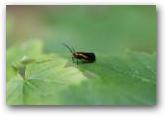
| Recorded by: E. Corey on 2006-05-16
Yadkin Co.
Comment: |

 »
»




 »
»


